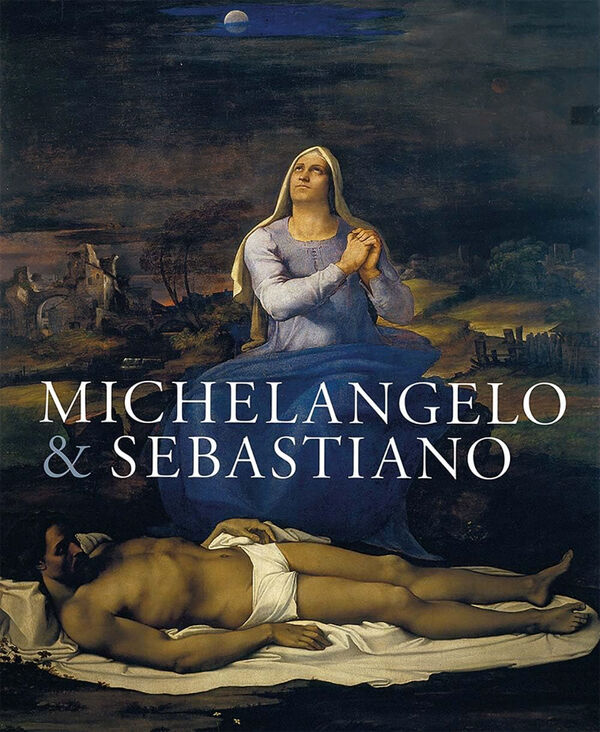Contact
art book cologne GmbH & Co. KG
Deutzer Freiheit 107
50679 Köln
Germany
Opening hours (office and showroom):
Monday to Friday 8 – 17
info@artbookcologne.de
Phone: +49 221 800 80 80
Fax: +49 221 800 80 82
About us
art book cologne, founded by Bernd Detsch in 1997, is a wholesale company and specializes in buying and selling high quality publications in art, art theory, architecture, design, photography, illustrated cultural history and all related subjects internationally. Our team includes specialists in art, culture, music, book trade and media but in spite of our diversity we have one common ground: the enthusiasm for unique art books.
We purchase remaining stocks from museums, publishers and art institutions. We sell these remainders to bookstores, museum shops, and art dealers all over the world.
Michelangelo & Sebastiano
| Publisher | National Gallery London |
| Year | 2017 |
| Cover | Hardcover with dust jacket |
| Language | English |
| ISBN | 978-1-85709-609-5 |
| Pages | 272 |
| Weight | 1680 g |
| More | |
| Author(s) | Matthias Wivel |
| Contributors | Costanza Barbieri, Piers Baker-Bates, Paul Joannides et al. |
| Type of book | Exhib'publication |
| Museum / Place | National Gallery, London |
| Article ID | art-61730 |
The first publication to consider the relationship between these two major artists of the High Renaissance.
Through most of Michelangelo’s working life, one of his closest colleagues was the great Venetian painter Sebastiano del Piombo (1485–1541). The two men met in Rome in 1511, shortly after Sebastiano’s arrival from his native city, and while Michelangelo was based in Florence from 1516 to 1534 Sebastiano remained one of his Roman confidants, painting several works after partial designs by him. This landmark publication is about the artists’ extraordinary professional alliance and the friendship that underpinned it. It situates them in the dramatic context of their time, tracing their evolving artistic relationship through more than three decades of creative dialogue.
Matthias Wivel and other leading scholars investigate Michelangelo’s profound influence on Sebastiano and the Venetian artist’s highly original interpretation of his friend’s formal and thematic concerns. The lavishly illustrated text examines their shared preoccupation with the depiction of death and resurrection, primarily in the life of Christ, through a close analysis of drawings, paintings, and sculpture.
The book also brings the austerely beautiful work of Sebastiano to a new audience, offering a reappraisal of this less famous but most accomplished artist.

